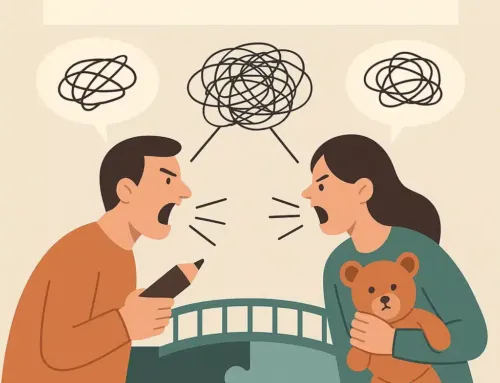
Approx. read time: 4.9 min.
Post: Understanding the Impact of ‘Hey-Hanging’ on Workplace Stress: Four Key Insights
Understanding the Impact of ‘Hey-Hanging’ on Workplace Stress: Four Key Insights. March 1st is Employee Appreciation Day, but research reveals that over half of American workers feel isolated with no support for workplace issues. Discussions about boosting employee morale and mental health support are prevalent, yet the issue of change fatigue remains significant. A recent study indicates that many leaders still subscribe to outdated management philosophies, mistakenly believing that being rude, manipulative, or aggressive will enhance productivity. This approach negatively impacts employees’ productivity, particularly when rudeness is conveyed through emails. Moreover, experts have identified a damaging trend known as ‘hey-hanging,’ which adversely affects employee mental health.
Understanding ‘Hey-Hanging’ and Its Popularity The concept of ‘hey-hanging’ underscores the importance of thoughtful communication by leaders. It refers to scenarios where an employer sends a message starting with a vague “Hey” or “Hi” without clarifying the message’s intent. This practice can lead to significant delays in response from the recipient. In today’s workplace, where many interactions happen over digital messaging platforms like Slack, especially among remote or hybrid teams, such ambiguous exchanges can leave employees feeling anxious and uncomfortable.
The silent frustration caused by ‘hey-hanging’ has existed for some time, akin to an ’emperor has no clothes’ scenario. It only became widely acknowledged following several viral posts, leading to a collective realization of its annoyance.
Understanding the Impact of ‘Hey-Hanging’ on Workplace Stress: Four Key Insights
Addressing ‘Hey-Hanging’ for Employees The phenomenon of ‘hey-hanging’ from a boss exacerbates worker anxiety, with employees often bracing for negative follow-ups. The initial “hey” message without context leaves recipients in suspense, causing undue stress. To foster respect among employees, it’s advised to avoid leaving messages ‘hanging.’ If such a message is sent, following up promptly with the intended message can help alleviate stress. Addressing ‘hey-hanging’ quickly is crucial in preventing emotional distress and feelings of neglect, which may contribute to a larger issue of workplace toxicity filled with micro-aggressions. Directly asking for clarification can be a simple yet effective way to deal with ‘hey-hanging,’ underscoring the importance of clear communication in maintaining a healthy and productive work environment.
How Employers Can Directly Address ‘Hey-Hanging’ ‘Hey-hanging’ has a detrimental effect on workplace morale, potentially discouraging employees from engaging due to fear of being ignored. Emphasizing strong communication is vital for a positive work culture, especially important in today’s environment with remote or dispersed teams. Organizations can tackle ‘hey-hanging’ directly by:
- Establishing guidelines for messaging best practices on platforms like Slack or Teams.
- Highlighting the importance of providing context in messages.
- Encouraging managers to follow up with informative messages to ease concerns.
- Promoting a people-first culture by developing strong emotional intelligence among leaders.
Proactively engaging with employees about culture, morale, and satisfaction is crucial. By welcoming genuine feedback and being transparent in communication, employers can address and mitigate the impacts of ‘hey-hanging,’ fostering an environment of collaboration and respect.
Workplace Mental Health – all you need to know (for now) | Tom Oxley | TEDxNorwichED
Stress is KILLING You | This is WHY and What You Can Do | Dr. Joe Dispenza (Eye Opening Speech)
Related Videos:
Related Posts:
Managing Work-Related Stress: Causes, Symptoms, and Strategies for Prevention
How to sign into and use ChatGPT
Strategies to Transform Workplace Culture and Boost Employee Morale at Magna International
Listening to Educators: Insights from Einstein and Jennie
Preserving Memory with Age: Four Habits to Avoid According to a Neuroscientist’s 25-Year Study
Facebook Marketing, Instagram Branding, Twitter Engagement
Memory Lapses vs. Dementia: Navigating the Aging Brain and Strategies for Staying Mentally Sharp
JBD After hour notary – afterhournotary.com
Dementia: Understanding Behaviours and Communication
Oxford Study Debunks Effectiveness of Workplace Wellness Programs for Mental Health









